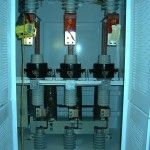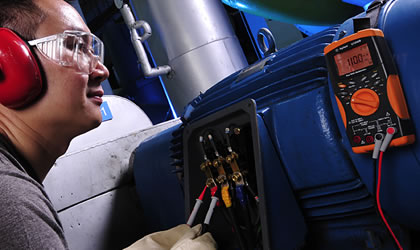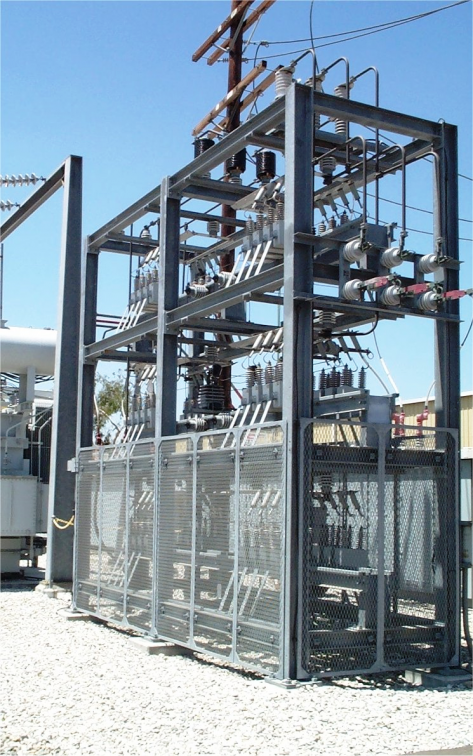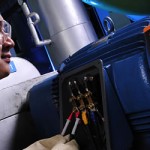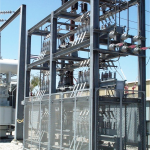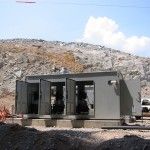 Summary: Controllix Corporation transitioned a coastal utility from using open rack style capacitor banks to their advanced metal-enclosed capacitor banks. This change notably improve...
Summary: Controllix Corporation transitioned a coastal utility from using open rack style capacitor banks to their advanced metal-enclosed capacitor banks. This change notably improve...Harmonics in Electric Power Systems: Effects and Prevention
Modern electrical installations supply power to a wide variety of non-linear loads, where the current drawn does not have a linear relationship with the voltage supplied. In other words, even if the supply voltage signal is a perfect sinewave when measured with an oscilloscope, the resulting current may have a distorted waveform. The following are some types of electrical equipment that produce non-linear currents:
- Electrical motors and transformers: They behave linearly with low voltage and current, but display a non-linear response once their cores operate near saturation.
- Electronic equipment: This includes equipment such as computers, instrumentation, actuators and variable frequency drives (VFDs).
- Lighting fixtures that operate with ballasts or drivers: Fluorescent, HID and LED lamps, to mention a few examples.
The degree of distortion in voltage and current waveforms tends to increase according to the number of non-linear loads in a facility. However, there is a method called Fourier analysis that allows these distorted voltage and current signals to be decomposed into:
- A fundamental 60-Hz signal: The pure sinewave that would be present without distortion.
- A series of signals with frequencies that are odd multiples of 60 Hz, which are called harmonics.

